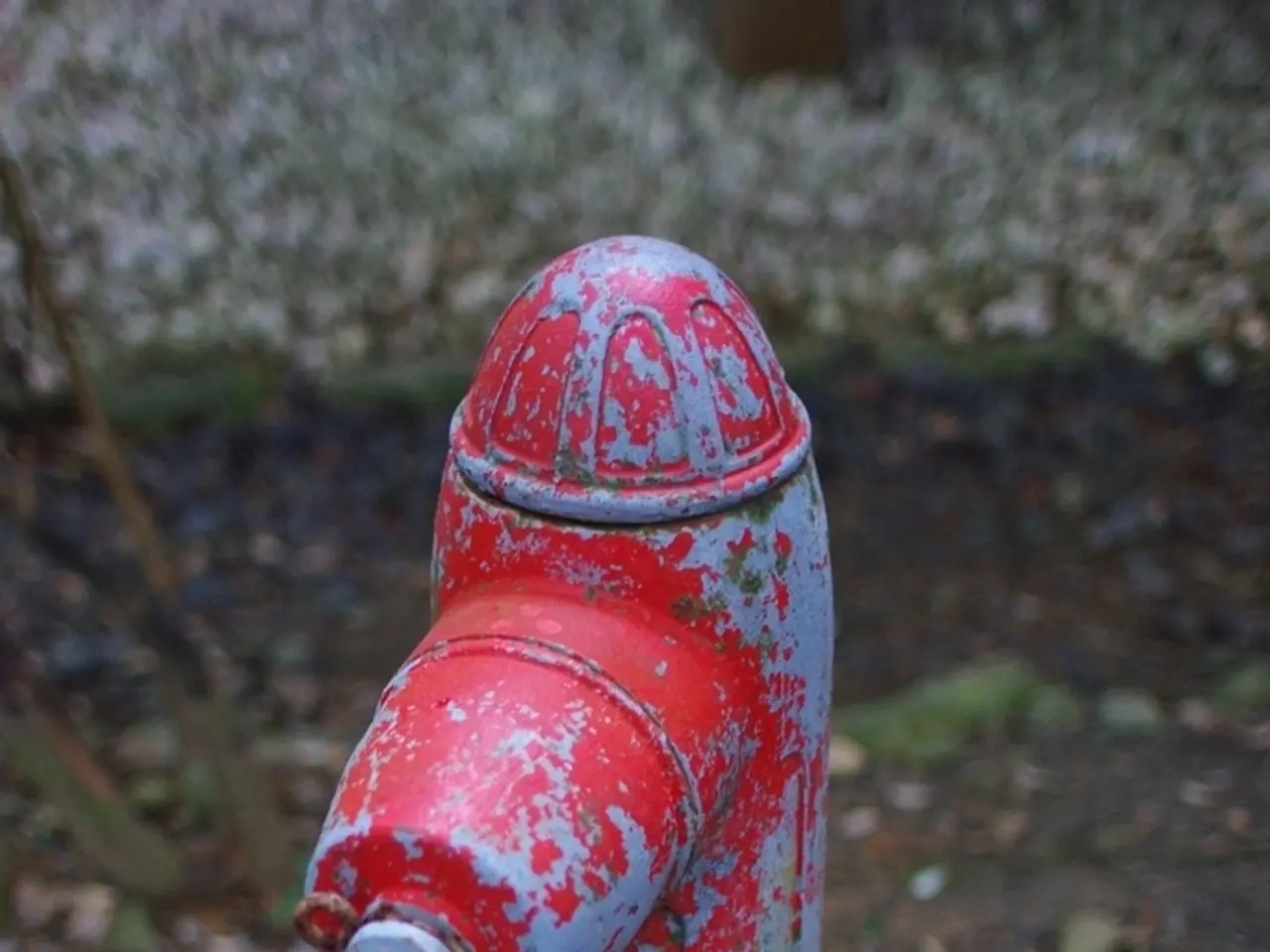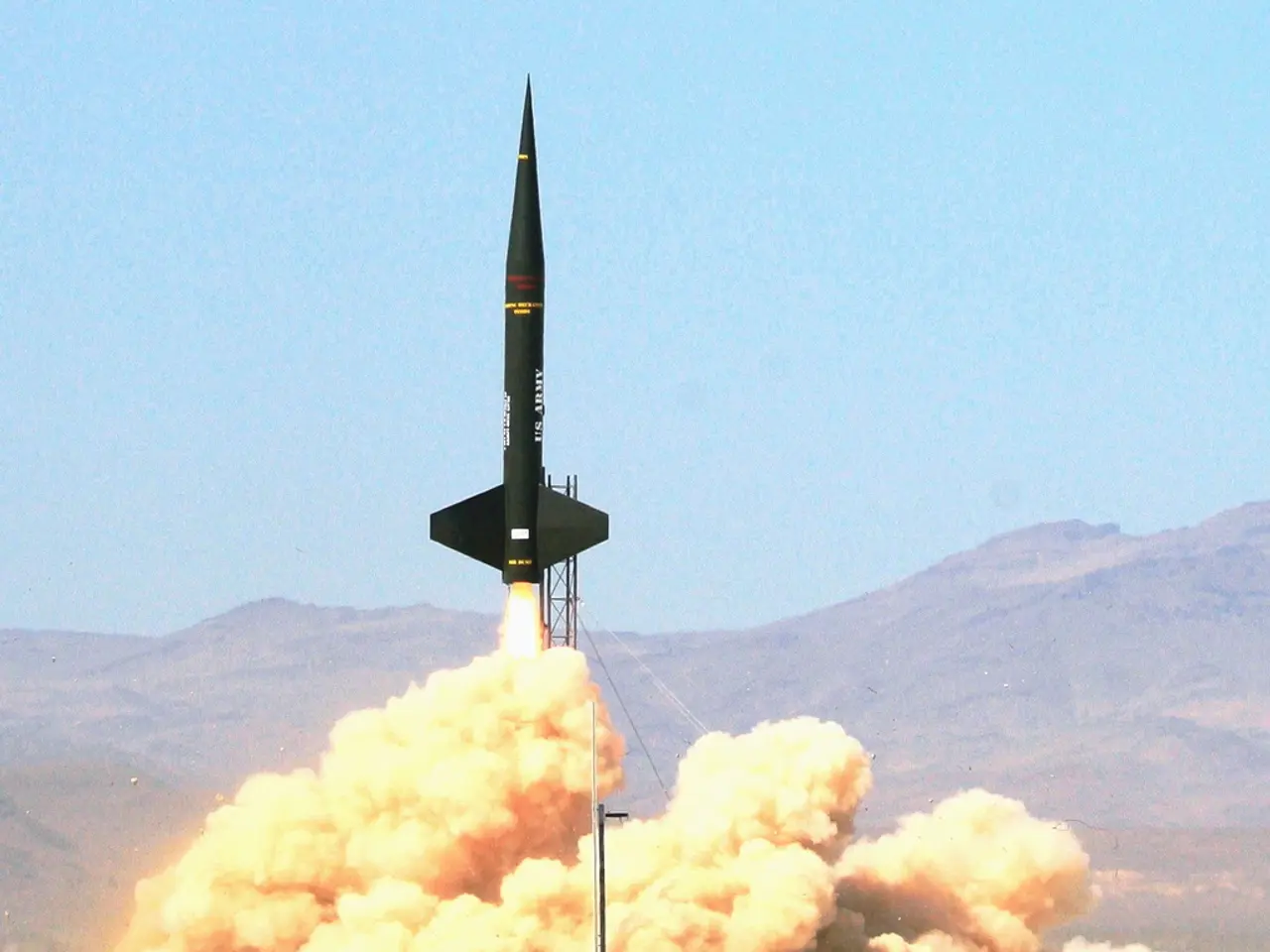Struggling to fulfill the high requirements for matcha nowadays
In recent years, the global market for matcha, the finely ground powder made from specially grown and processed green tea leaves, has seen a significant shift. The number of tea farmers in Japan, the only country where true matcha is produced, has decreased dramatically, with 80% of producers stopping production over the past couple of decades [1]. This shortage, combined with a surge in worldwide demand, has led to soaring prices and supply chain disruptions.
The surge in demand is primarily due to cultural trends and increased consumption. Matcha has gained immense popularity, boosted by social media trends, especially on TikTok, as well as increased tourism in Japan post-pandemic. This demand exceeds the current production capacity, with countries like the U.S., Germany, and Dubai placing very large orders that Japan often has to decline [2][3][4].
The price of tencha (the steamed leaves ground to make matcha) has surged dramatically, almost tripling year-on-year in auctions in Kyoto. Tencha prices hit over 8,000 yen per kilogram in mid-2025, more than 1.7 times last year’s average and surpassing previous records [1][3].
Higher than average temperatures in Japan have impaired tea bush growth and harvest yields, reducing the amount of tencha available for matcha production. Matcha manufacturing is labor-intensive and requires skilled hand-picking and careful shading and processing, which limits rapid scale-up [1][4].
Additional pressure comes from new tariffs on Japanese imports, such as a 15% tariff announced on all Japanese goods, which could further raise costs or disrupt supplies, especially for international buyers dependent on Japanese matcha [2].
Leading matcha producers have limited or halted sales of certain matcha grades in 2024-2025 due to depleted stocks and capacity constraints, signaling that the shortage is systemic rather than temporary [3][4].
Despite these challenges, consumers are expected to continue buying matcha due to its attractive flavor and health benefits. U.S. consumers are currently paying an average of $6.15 per cup for matcha lattes, up from $5.84 last year [5].
Matcha comes from the tea plant, Camellia sinensis, which was brought from China to Japan around 750 CE. Matcha, a powder used in drinks, ice cream, and pastries, has soared in popularity over the last few years. Some farmers are working to convert their fields to produce more tencha, the leaves used to make matcha, but this takes time.
Companies like Kettl, which sells Japanese teas online and in its New York and Los Angeles cafes, have experienced record sales as matcha products fly off the shelves. However, companies like Mizuba Tea Co. and other matcha companies are running out of supply to meet global demand.
Making matcha is a time-consuming process, and only a tiny fraction of Japan's land can be farmed for it. Some Japanese companies have begun to limit the amount of matcha people can buy due to the high demand.
Matcha is appreciated for its health benefits, with some evidence that it could help lower blood pressure, reduce inflammation, and improve concentration. The supply shortage and rising prices, however, may make it a luxury item for some consumers in the future.
[1] Global Japanese Tea Association [2] Technomic [3] Food and Agriculture Organization of the United Nations [4] International Trade Centre [5] Square Inc.
- The surge in demand for matcha, a finely ground powder from specially grown green tea leaves, has led to an industry-wide concern due to supply chain disruptions and soaring prices, particularly in the global finance industry.
- Due to the increased consumption and cultural trends, the lifestyle sector, including food-and-drink businesses, has been significantly impacted by the shortage of matcha.
- As a result of the global matcha shortage, some businesses in the retail industry, such as online tea sellers and cafes, are experiencing depleted stocks and have had to ration their supply.
- In an effort to mitigate the matcha shortage, some farmers have decided to convert their fields to grow more tencha, the leaves used to make matcha, but this process takes time and resources.
- The integration of matcha into various products, such as drinks, ice cream, and pastries, has contributed to its enhanced popularity in the healthy-cooking sector, despite its potential future status as a luxury item due to the high costs and supply shortages.




